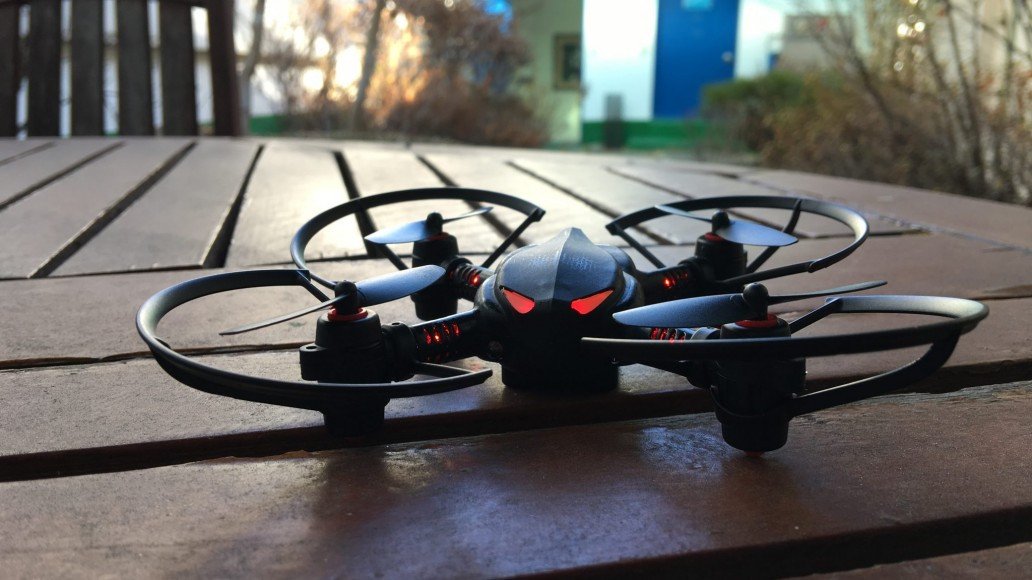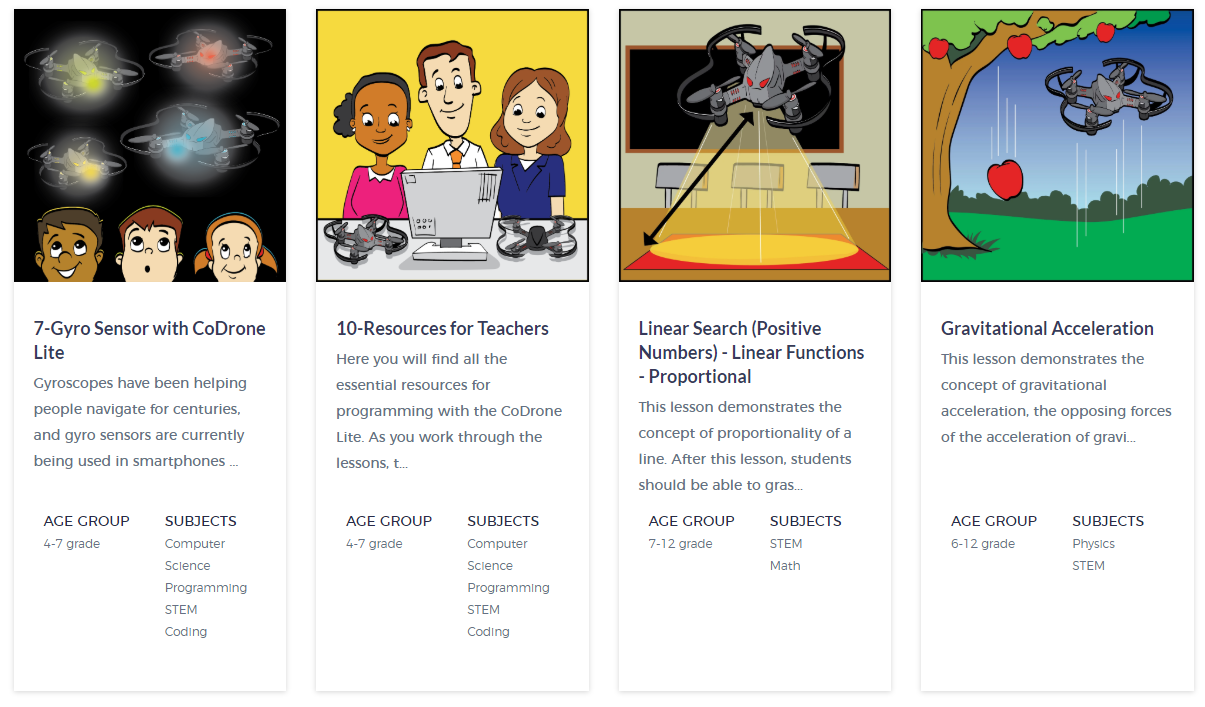If you want to help your students’ dreams take flight, it may be time to use drones at school. Drone technology makes it possible to view the world with new eyes.
Maintenance departments use drones for structure checks, and transportation directors can capture aerial footage of traffic patterns. Schools employ drone technology for security checks, and classrooms use it for teaching point of view and documenting their projects.
Drones technology lends itself well to instruction, especially STEAM projects and video storytelling.

A place for drones in classroom instruction
If you’re looking for yet another way to make math, science, and even the humanities relevant for your students, consider using drones to help make your point and engage student interest. Lessons like these will keep instruction fresh.
Use drones to:
· Videograph footage that will ignite student imagination for writing assignments. Take drone footage and have students describe what they see. It’s an excellent strategy for teaching point of view.
· Flight theory lends itself to math and science. Measuring drone flight time and distance traveled is one of many possible lessons teachers can create for their students.
· Use drones to record movement in sports and performing arts. Seeing yourself on camera can be an essential tool in improving your game.
The school drone you need
There are two categories of drones: indoor and outdoor. Both types are programmable, and students might be able to build them as well, depending on the drones you purchase. Regardless of the drone you select, you should consider insisting on these safety features:
· Indoor drones
Make sure your indoor drones have prop guards.
· Outdoor drones
Look for devices with programmable fail safes, return to home technology, and prop guards.
· Instruction
All science students must have science safety training. Drones are no different than much of the equipment in labs. Teach your students drone safety before the first flight takes place.
Know your flight rules and regulations
Before you launch your drone project, consider a few final tips before liftoff:
· Avoid flying your drone in inclement weather.
· Before you fly your drone at school, let local law enforcement know. They may be able to assist your class project by restricting other drone operators from interfering with your videography.
· Fly only within line-of-sight.
· Adhere to speed and weight guidelines.
· Never fly over people.
Finally, you must adhere to FAA rules for outdoor drone flight (indoor space is not considered navigable, and therefore, the FAA does not regulate what you fly inside a building). The Federal Aviation Administration regulates drone flight. The FAA requires that you register your drone and follow flight guidelines regarding altitude and location limits.
If your school will be regularly using drones for instruction or safety purposes, develop policies for their deployment and flight.
The only other thing you need to remember about flying drones as part of your instruction is to purchase plenty of batteries. Your students will be eager to use the drones as often as possible.

Discover more about Drones with RobotLAB!
Check our products page, and our learning platform Engage!K12 that offer a wide range of lessons for students and teachers! No robotics experience required.




